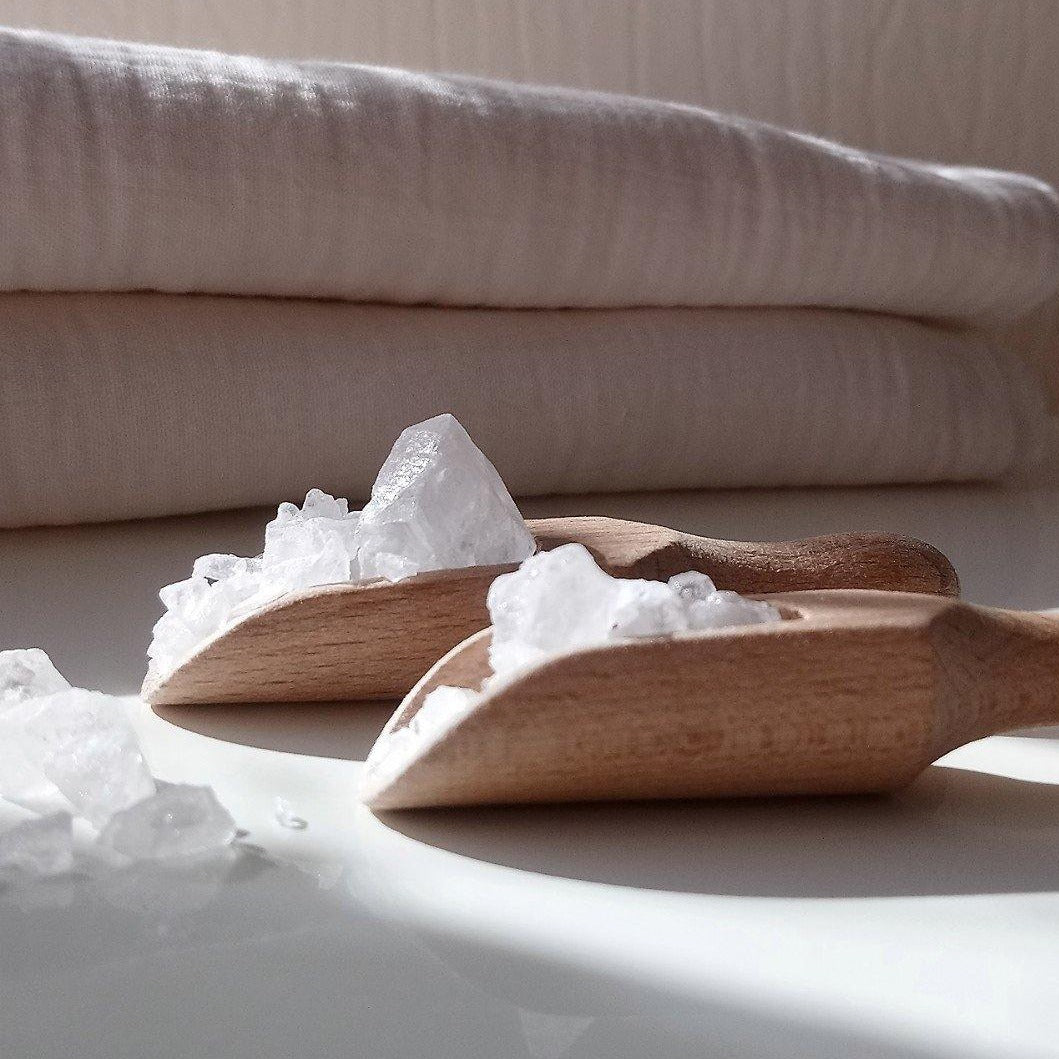
Mastering the Art of Dyeing: A Guide to Aluminium Mordants
Aluminium-based mordants are the most commonly used mineral salts for mordanting fibers. They come in various forms, each with its unique properties and uses. In this article, we'll delve into the four main types: potassium aluminium sulfate, aluminium sulfate, aluminium acetate, and aluminium formate. We'll explore their origins, environmental impact, and specific uses in dyeing, providing you with a comprehensive guide to these essential tools in the world of natural dyeing.
Potassium Aluminium Sulfate (Alum)
Alum is the traditional mordant used for protein fibers. It's derived from natural alum, found near active volcanoes or in desert areas, and has been used for dyeing since the 5th century BCE. Alum's historical significance is immense, shaping the Yorkshire coast's alum quarries and influencing political and economic dynamics with its importation and taxation from Bagdad and Turkey.
To use alum as a mordant, dissolve 20% WOF (Weight of Fiber) alum and 6% cream of tartar in hot water. Add your pre-wetted fabric and heat the mixture slowly, ensuring the solution covers the material completely. Wool and silk can be cold mordanted with alum by leaving them in a bucket overnight, which is more gentle on the fibers. This method, however, can leave the fabric slimy if left in the cold mordant bath for too long.
Aluminium Sulfate
Aluminium sulfate is an environmentally friendly alternative to alum. It requires only 2/3 of the weight compared to alum, thus reducing the amount of aluminium ions in the wastewater. This makes it a more sustainable choice for the eco-conscious dyer. Use at 15% WOF, either hot or cold, and it's suitable for both protein and cellulose fibers, although less effective than aluminium acetate for the latter. Despite being generally more expensive than alum, its environmental benefits make it a worthwhile investment.
Aluminium Acetate
Aluminium acetate is more fiber-friendly than alum, causing less stress on wool and maintaining its softness. It's the preferred mordant for cellulose fibers, replacing the traditional alum-tannin-alum-tannin method. However, it requires a chalk aftermath to remove unbound mordant, adding an extra step to the process. Despite this, the results are often worth the extra effort, with the mordant yielding vibrant and long-lasting colors on cellulose fibers.
Aluminium Formate
Aluminium formate is a gentle mordant developed by Johannes Harborth for felting artists. It can be used for wool, silk, and cotton, and even linen, although the latter will always have a lesser uptake of natural dyes. The mordant bath can be used several times until almost all of the aluminium compounds have been used up. What remains is formic acid, which is one of the non-toxic organic acids and is easily biodegradable. This makes aluminium formate a sustainable choice for those looking to reduce their environmental impact.
In a comparison of these four types of aluminium mordants, the dye results should improve in the following order: potassium aluminium sulfate, aluminium sulfate, aluminium acetate, and aluminium formate. However, the effectiveness of each mordant can vary depending on the type of fiber and dye used. It's always worth experimenting with different mordants and fibers to discover the unique hues and shades they can bring to your dyeing projects.
Remember, safety is paramount when working with mordants. Always wear gloves and safety glasses, and keep chemicals away from children and pets. If you come into contact with any chemicals, rinse with water immediately and remove any contaminated clothing.
With this guide, you're now equipped with the knowledge to navigate the world of aluminium mordants. Happy dyeing!